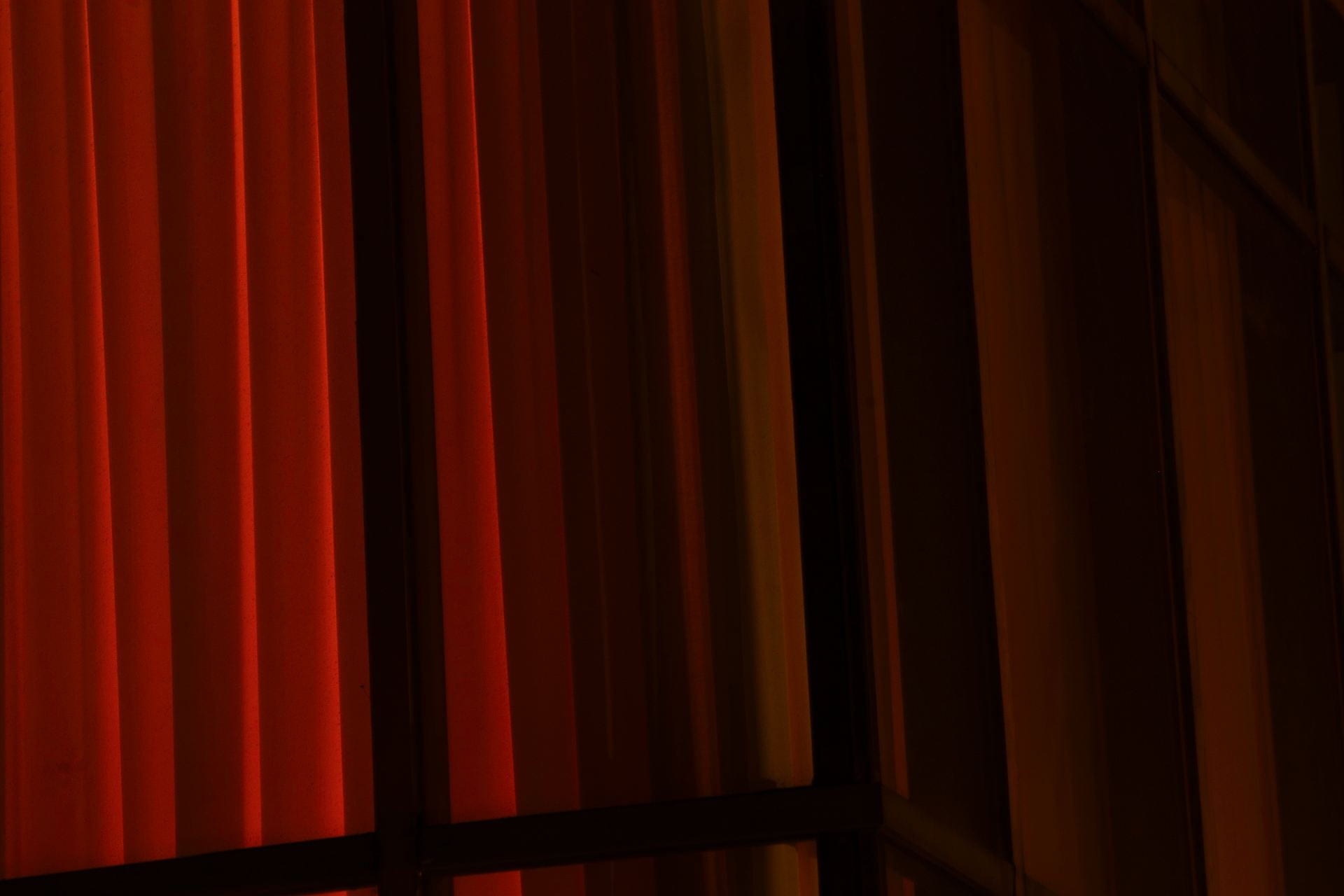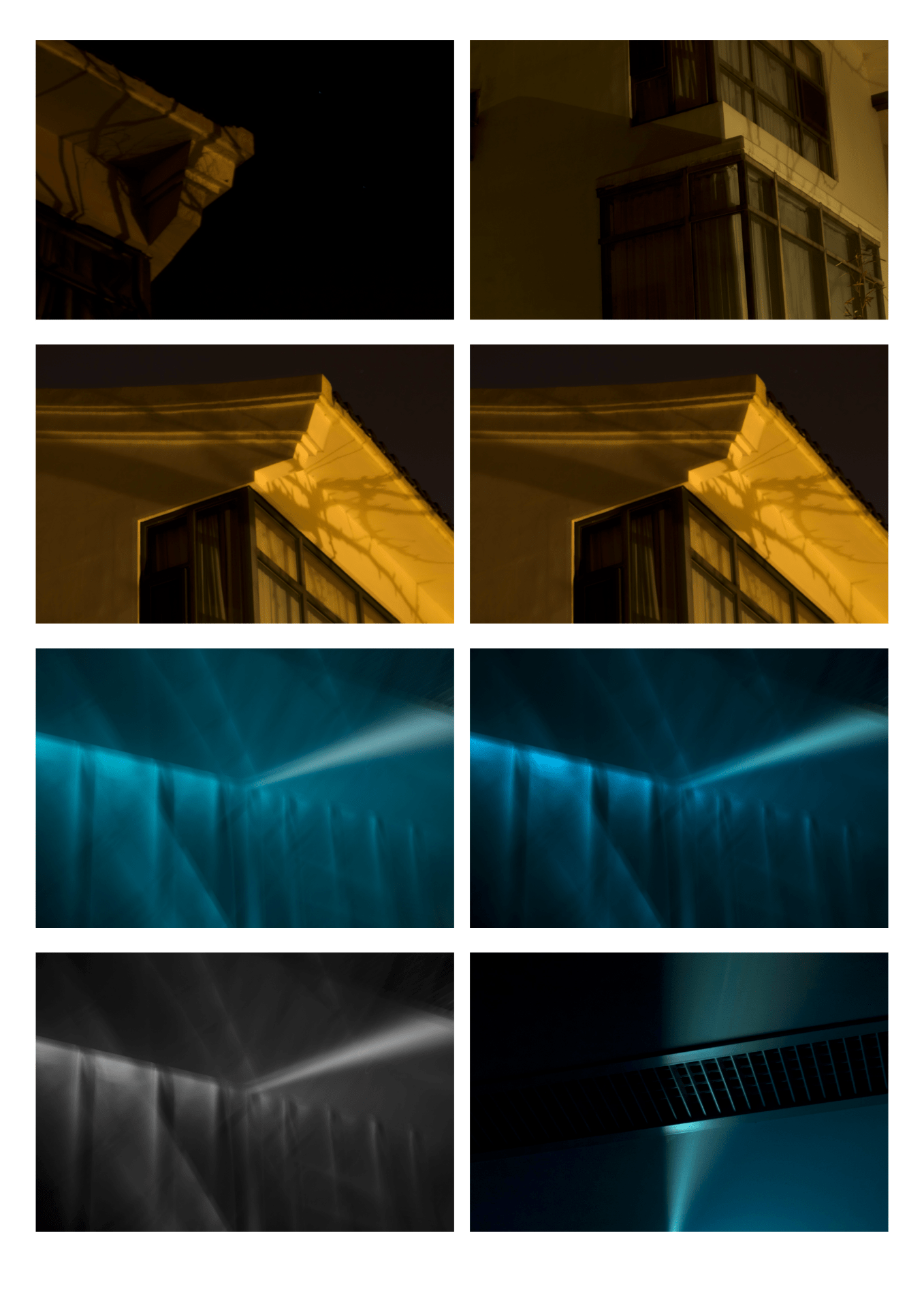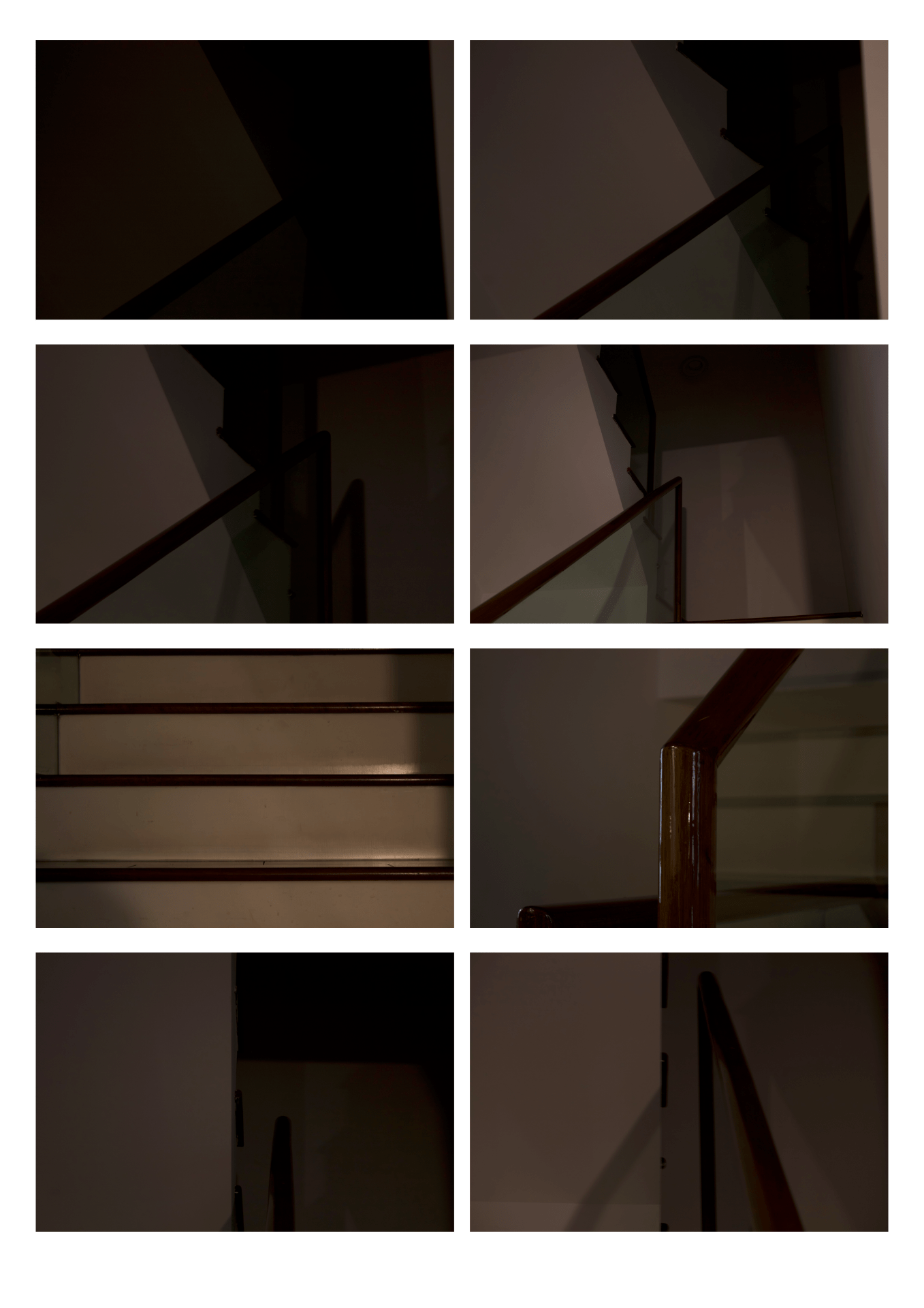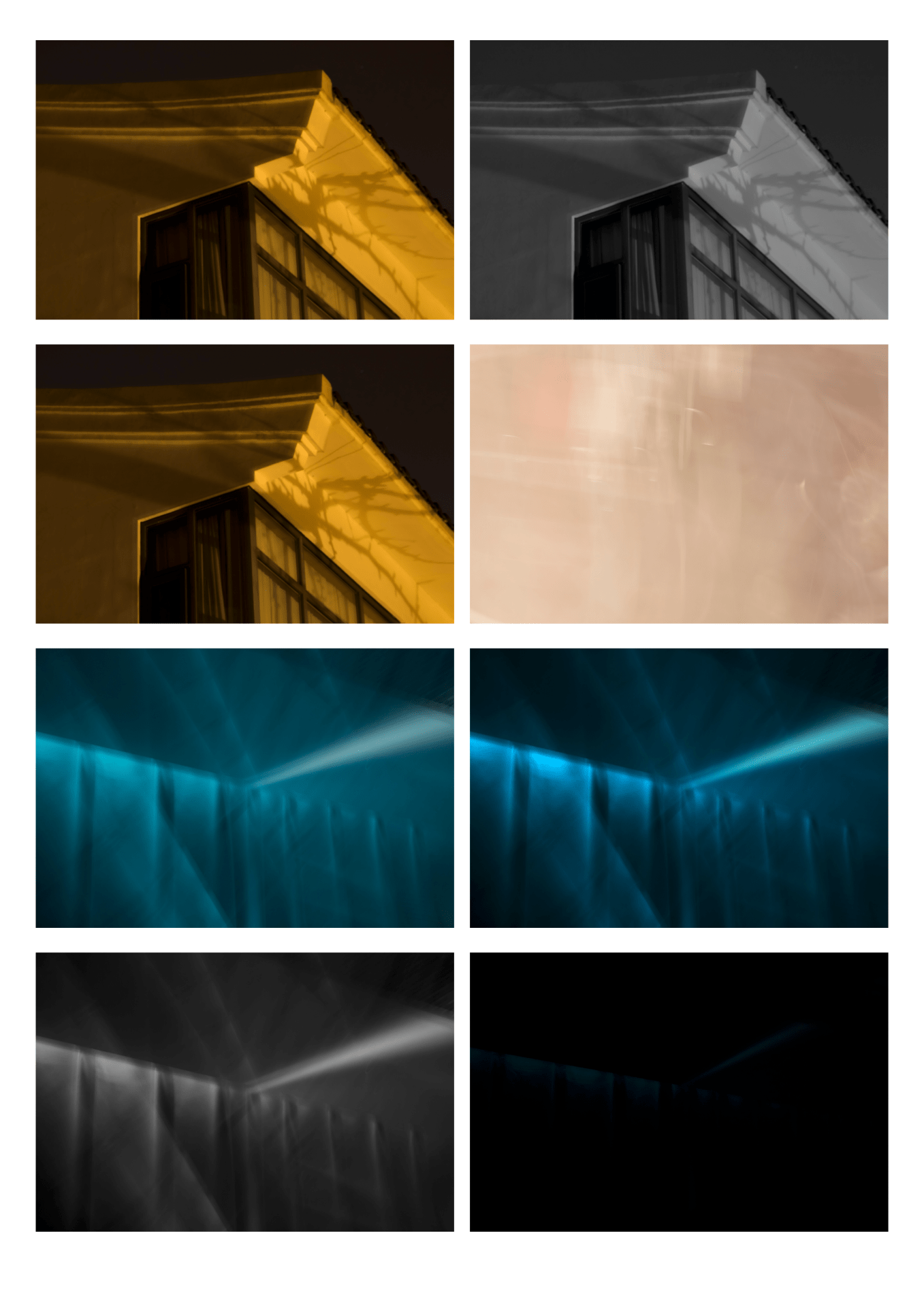What is a portrait?
To me, a portrait is a work of art that focuses on expressing identity. Typically, this is most effective when identity is portrayed directly, where the subject is primarily the centerpiece of the artwork and the message is portrayed in a more focused way.
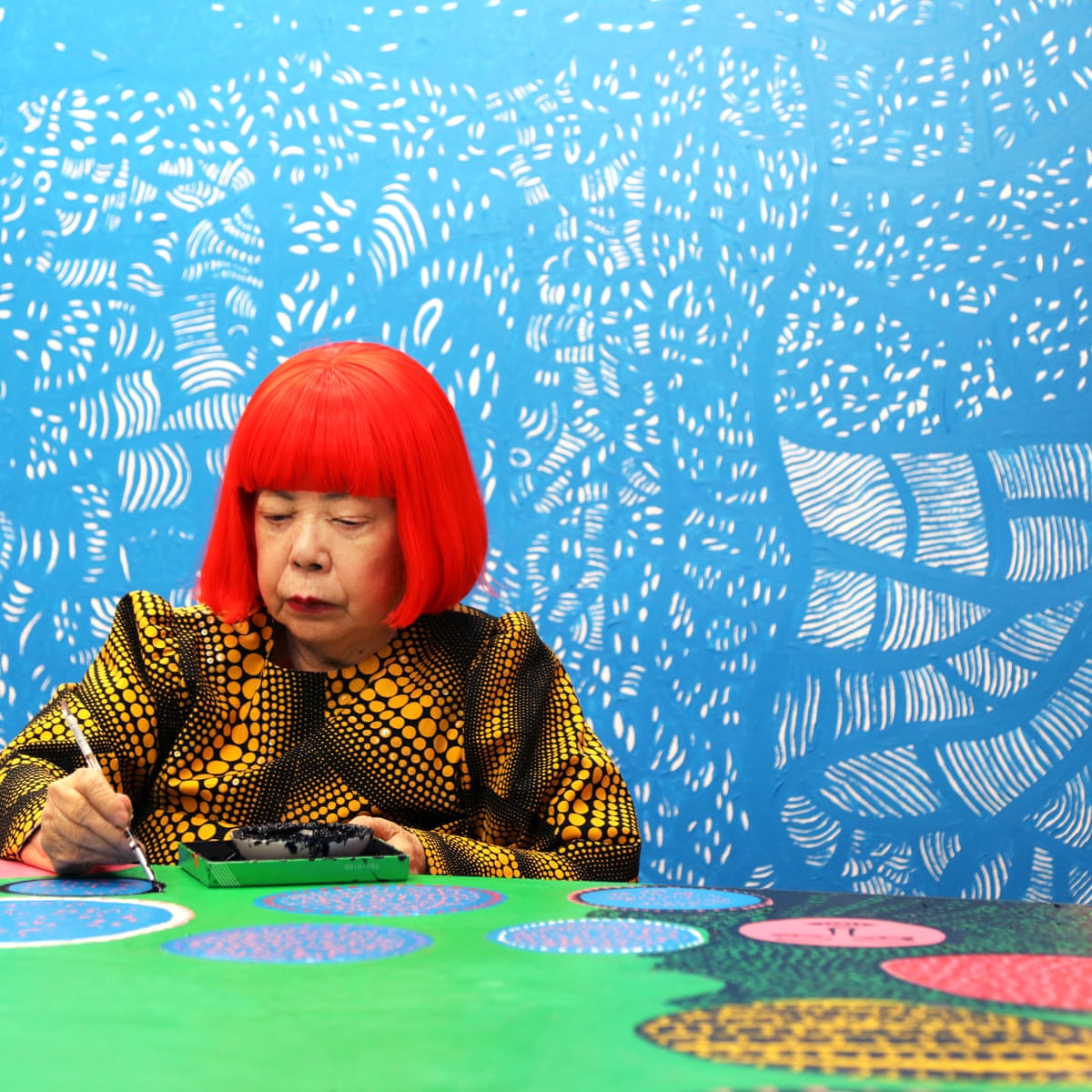
Yayoi Kusama
In my opinion, portraits are not mutually exclusive towards the direct portrayal of individuals within the photograph(s) but could also be an extension of one’s own being or identity. Although it is relatively common for an individual to be portrayed directly in a portrait, in many instances (such as in “Everything I Have” by Simon Evans, where identity is portrayed via the material possessions of Evans), the portrayal of a specific element of someone’s identity, even if that person is not in the photograph, can still be an effective way to express and portray identity.

Simon Evans
Likewise, I also think that a portrait does not have to be exclusive to a single photograph, but could be represented in multiple photographs as a single work. In many instances, the use of multiple images to portray an element of identity should also be considered a portrait (such as Zcyklu archiwum gestów by Zofia Kulik with the various, odd poses)
Zofia Kulik





